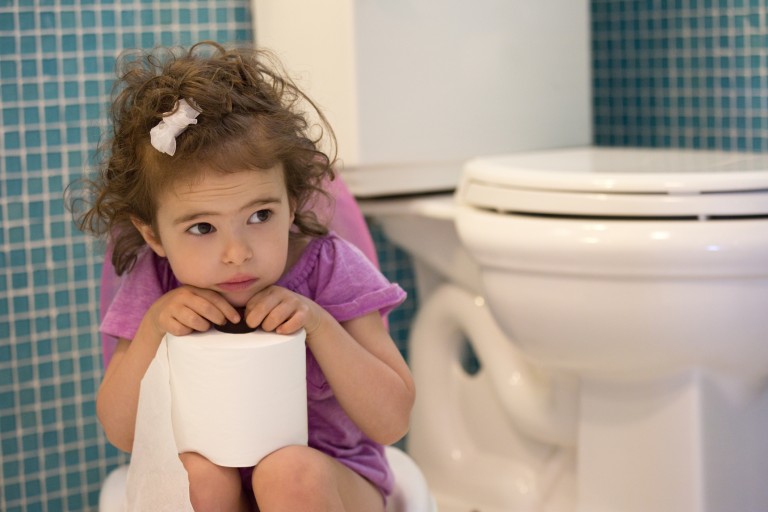Advice from Dr. B
Pediatrician's Perspective
Pediatrician's Perspective

In "The Scoop on Poop Part 1: Color," we talked about the color of poop. Shape and consistency are also very important in evaluating your child's overall health.
What's ideal? In terms of color, typical poop is brown. It should be almost odorless. You do not want stool to be super-thin (like a pencil), round (like little pellets), extremely hard or loose. Poop that is very soft and smelly may indicate excess fat in your child's stool.
Ideally, in terms of shape, your child's poop should be formed like his or her colon, like a banana or an S-shape. It should be 1 to 2 inches in diameter and, ideally, one long stool rather than pieces.
The consistency of stool should be soft, like peanut butter or toothpaste, and pass easily.
Types 1 and 2 may indicate constipation, while Types 5-7 are forms of diarrhea. If your child experiences constipation, my philosophy is to intervene quickly and then work to fix it with diet and exercise. Pedia-Lax® kid-friendly laxatives like Chewable Tablets offer relief within hours.
Fiber also plays an important part in promoting regularity because it creates softer, bulkier stools that are easy to pass by absorbing many times their weight in water. Fiber's bulk promotes contractions that keep food moving through the intestine. Fiber-rich foods include whole grains, fruits and vegetables.
It's most important to be proactive. Teach your children what's normal in terms of their stools, so they can let you know if they are experiencing painful or unusual stools. And you and your child can use the Pedia-Lax Poop Journal to make sure your child gets back on track. By making this an ongoing discussion, you and your child will be well-informed about this very important indicator of health. Remember, if you have any concerns about the shape or consistency of your child's stool, it's important to talk to your pediatrician.